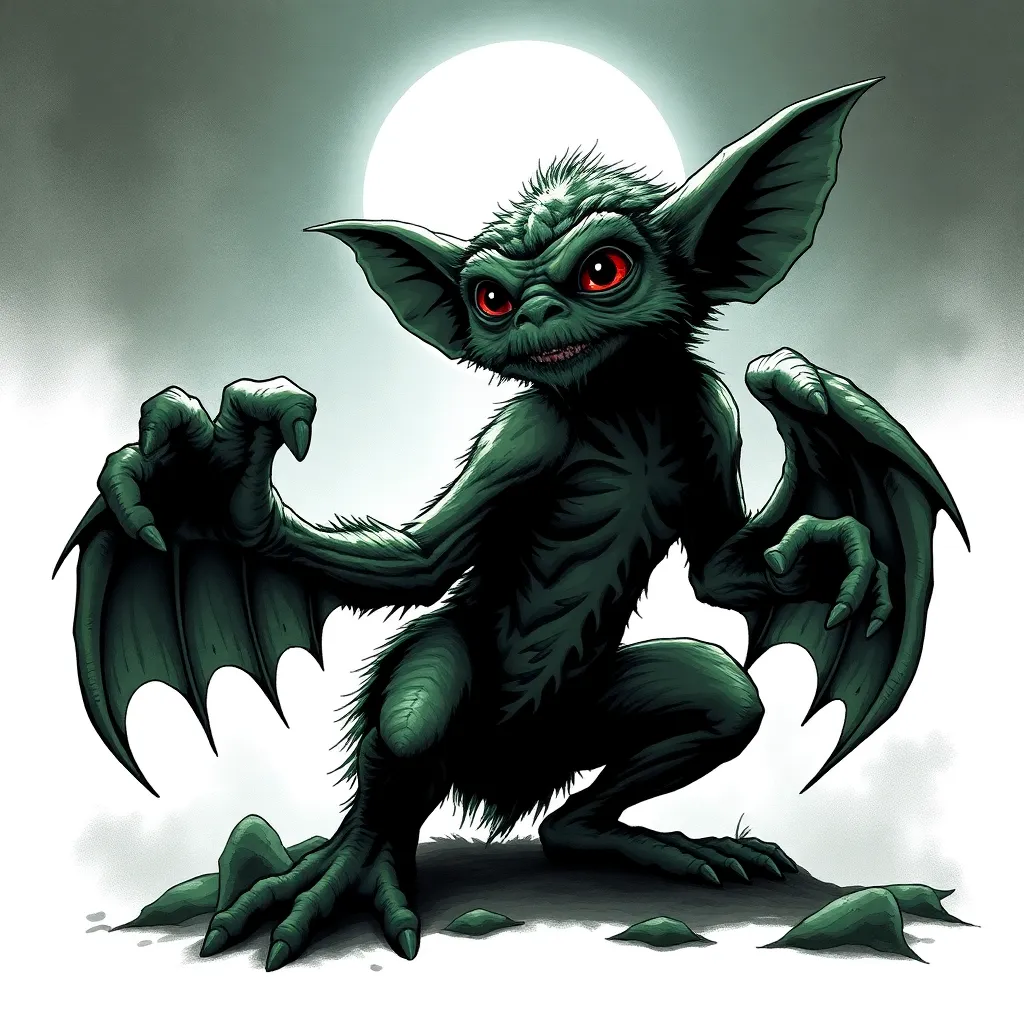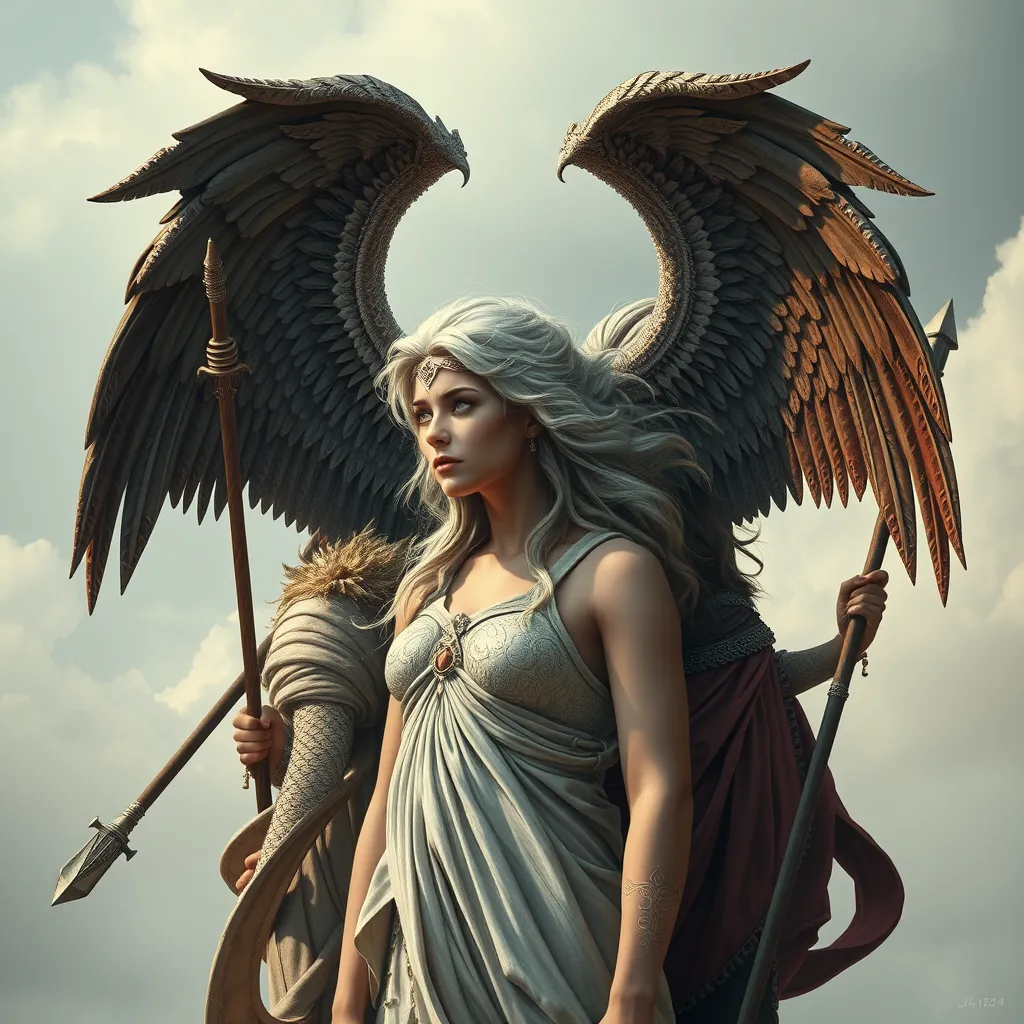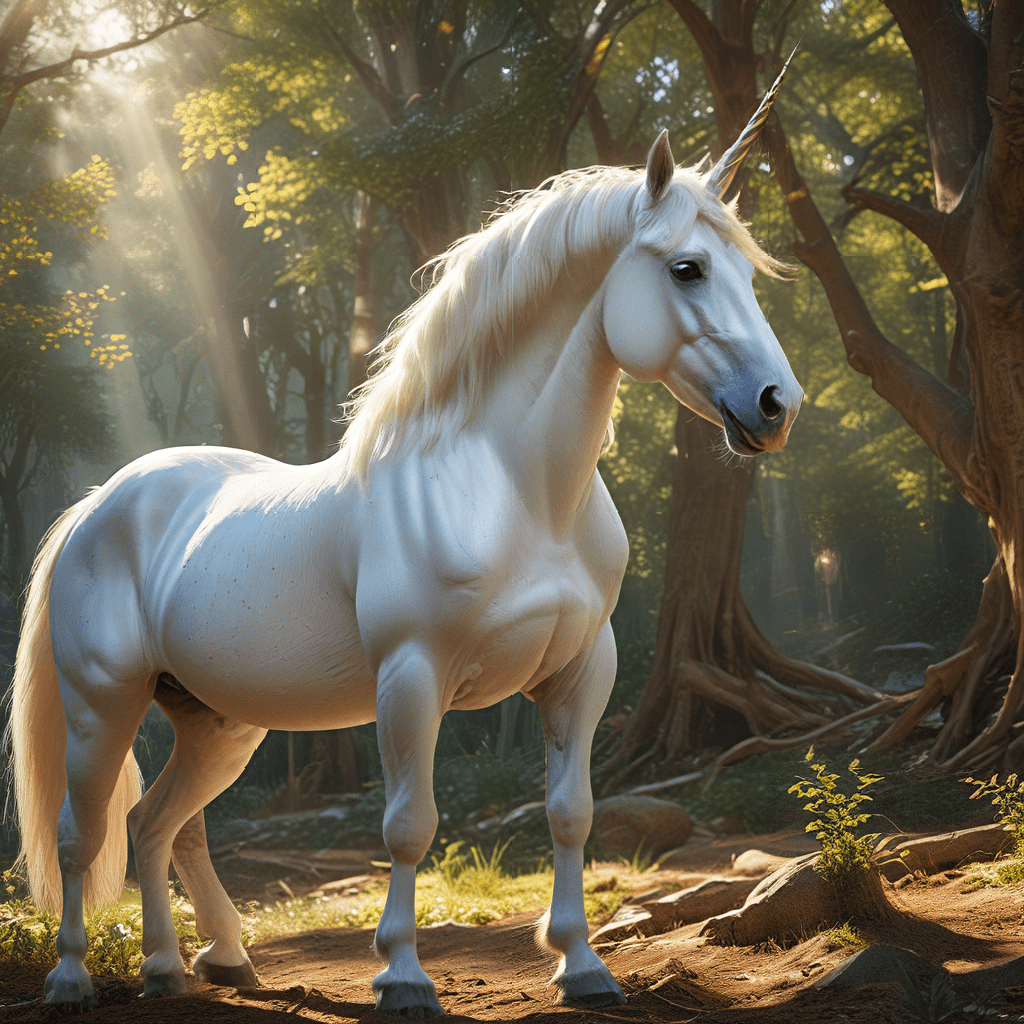Beyond the Myths: Unraveling the Origins of Gremlin Legends
I. Introduction
Gremlins have become a staple of popular culture, often depicted as mischievous creatures that wreak havoc on technology and machinery. Their mischievous antics and chaotic nature have made them a source of fascination in various forms of media, from films to video games. However, the origins of gremlin legends are far more complex and rooted in historical contexts that extend beyond mere entertainment.
This article aims to explore the historical origins and evolution of gremlin legends, shedding light on how these enigmatic creatures transformed from folklore into modern pop culture icons.
II. The Historical Context of Gremlins
A. Early references in folklore and literature
The concept of gremlins can be traced back to early 20th-century folklore, particularly among British Royal Air Force pilots. These mythical creatures were believed to sabotage aircraft, causing mechanical failures and other mishaps. The term “gremlin” itself is thought to have originated during this period, referring to the unseen forces that plagued pilots during their flights.
Literature from this era, including children’s stories and wartime tales, often featured gremlins as tricksters. These stories captured the imagination of a generation and solidified the creature’s place in folklore.
B. The impact of World War II on the gremlin mythos
World War II played a pivotal role in popularizing gremlins. The stress of war and the reliance on technology led to increased anxiety among pilots and engineers. As a coping mechanism, the idea of gremlins became a way to explain the inexplicable failures of machines. This was epitomized in Roald Dahl’s short story “Gremlins,” published in 1943, which depicted these creatures as both mischievous and endearing.
C. Cultural significance in wartime narratives
Gremlins evolved into symbols of resilience during wartime, embodying the struggles and humor of those who faced the harsh realities of conflict. They represented the chaos of war and the human tendency to find humor even in dire situations. As such, gremlins became part of the cultural narrative surrounding World War II, influencing how people coped with the stress of their circumstances.
III. The Evolution of the Gremlin Character
A. Transformation from mischievous creatures to iconic figures
Initially seen as nuisances, gremlins gradually transformed into iconic characters, especially in the post-war era. Their representation in various media shifted to highlight their playful and chaotic nature, leading to their establishment as beloved figures in popular culture.
B. Influence of media and film on gremlin representations
With the rise of television and cinema, gremlins found new life on screen. The 1984 film “Gremlins,” directed by Joe Dante, showcased these creatures in a more complex light. They were no longer just troublemakers; they embodied themes of consumerism, innocence, and the consequences of human actions. This film solidified gremlins as icons of horror-comedy and paved the way for further representations in media.
C. Comparison with other mythical creatures
Gremlins share similarities with various mythical creatures, such as:
- Banshees: Both embody the fear of the unknown and the supernatural.
- Fairies: Like gremlins, fairies can be both benevolent and malevolent.
- Elves: Mischievous and magical, elves have a playful character similar to gremlins.
This comparison highlights the universal nature of mythical beings in human storytelling, representing both chaos and order in our lives.
IV. The Psychological Underpinnings of Gremlin Legends
A. Understanding the human need for myth-making
Myth-making is a fundamental aspect of human culture, allowing individuals to explain the unexplainable. Gremlins serve as a manifestation of this need, providing a narrative framework to address fears and anxieties associated with technology and unpredictability.
B. Gremlins as symbols of chaos and technology
In modern society, gremlins symbolize the chaotic relationship between humans and technology. As technology becomes increasingly complex, the potential for failure grows, making the concept of gremlins more relevant than ever. These creatures embody our fears of losing control over the very inventions we create.
C. The role of fear and anxiety in the creation of gremlin stories
The stories of gremlins often reflect societal anxieties. In times of technological advancement, the fear of the unknown can lead to the creation of myths that help individuals cope with their insecurities. Gremlins, therefore, become a lens through which we can explore our relationship with technology and chaos.
V. Gremlins in Modern Pop Culture
A. Notable films, books, and video games featuring gremlins
Today, gremlins appear in various forms of media, including:
- Films: “Gremlins” (1984), “Gremlins 2: The New Batch” (1990)
- Books: “The Gremlins” by Roald Dahl
- Video Games: “Gremlins: Stripe vs. Gizmo” (2002)
B. The resurgence of gremlin themes in contemporary media
Recently, there has been a resurgence of gremlin themes in media, with various reboots and reinterpretations exploring their chaotic nature. This revival speaks to a new generation’s fascination with these creatures and the underlying themes they represent.
C. How modern interpretations differ from traditional legends
Modern interpretations often emphasize the humorous and dark aspects of gremlins, contrasting with their earlier depictions as mere nuisances. This evolution reflects changes in societal attitudes towards technology and chaos, showcasing gremlins as multifaceted characters capable of both destruction and entertainment.
VI. Folklore and Regional Variations
A. Exploration of gremlin-like creatures in different cultures
Across various cultures, gremlin-like creatures exist, each with unique traits and stories. For example:
- Scandinavian Trolls: Known for causing mischief and chaos.
- Japanese Yōkai: Supernatural beings that can be both protective and vengeful.
- Native American Tricksters: Creatures that embody chaos and teach moral lessons.
B. Comparative analysis of global myths and their themes
These regional variations often share common themes, such as:
- The battle between order and chaos
- The consequences of human actions
- The influence of technology on society
This comparative analysis highlights the universal nature of myths and their ability to adapt across cultures.
C. The blending of regional folklore into the gremlin narrative
As cultures interact and share stories, the gremlin narrative has blended aspects from various folklore traditions, creating a rich tapestry of myth that continues to evolve. This blending allows gremlins to resonate with diverse audiences, making them relevant across different contexts.
VII. The Future of Gremlin Legends
A. Predictions for the evolution of gremlin stories
The future of gremlin legends is likely to reflect ongoing societal changes, particularly in relation to technology and our fears surrounding it. As artificial intelligence and automation become more prevalent, gremlins may evolve to symbolize our anxieties about these advancements.
B. The impact of technology and social media on myth-making
Social media has allowed for the rapid spread and transformation of myths, including those surrounding gremlins. The ability to share stories instantly can lead to new interpretations and reinventions, ensuring that gremlins remain a part of contemporary discourse.
C. Potential for new interpretations in literature and entertainment
As new generations engage with the concept of gremlins, we can expect innovative interpretations in literature and entertainment. These new narratives may explore themes such as environmentalism, digital chaos, and the human condition in an increasingly complex world.
VIII. Conclusion
In summary, the origins and evolution of gremlin legends reveal a fascinating interplay between folklore, technology, and human psychology. From their early references in wartime




